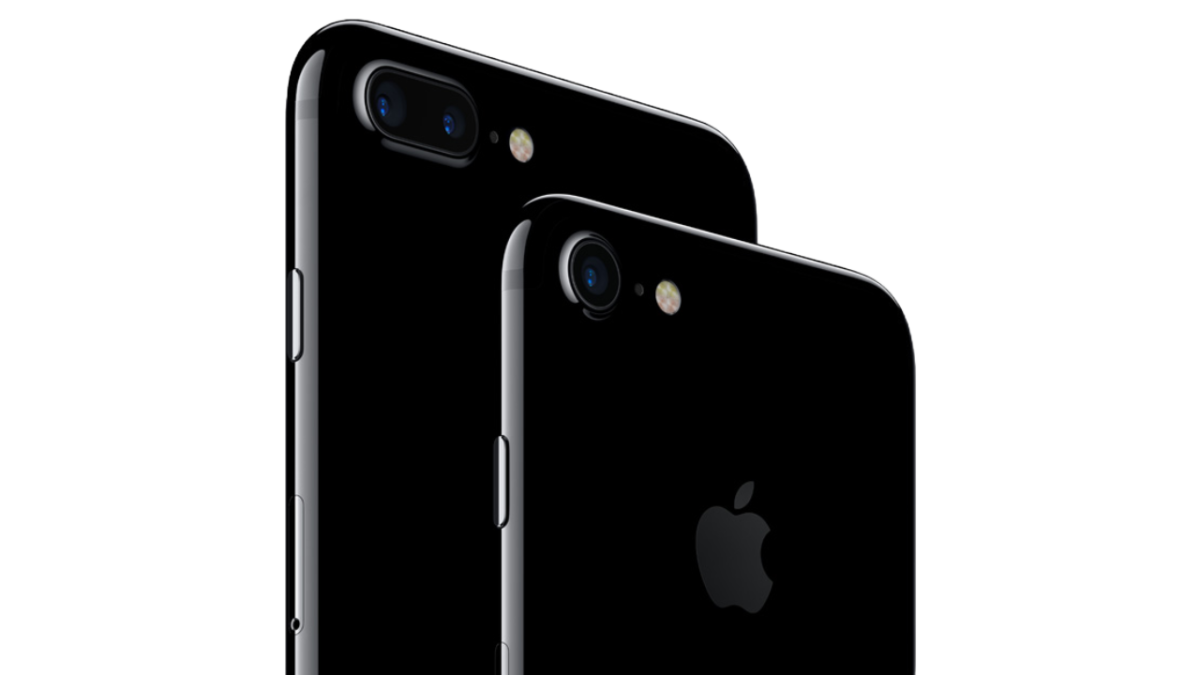Table of Contents
Introduction
When Apple introduced the iPhone 7 and iPhone 7 Plus on September 7, 2016, it marked a significant leap in smartphone technology. These devices were not just upgrades but bold innovations that redefined the user experience. From the removal of the headphone jack to the introduction of dual cameras, Apple set new standards in the mobile industry. This blog explores how Apple revolutionized the iPhone 7 and 7 Plus, making them game-changers in the smartphone world.
Design and Build – Sleek and Water-Resistant

Apple retained the familiar design of its predecessors but introduced refined aesthetics and new capabilities:
- Aerospace-grade aluminum for a premium feel.
- Water and dust resistance (IP67 rating) – a first for iPhones.
- New color options: Jet Black and Black, alongside Gold, Silver, and Rose Gold.
The sleek, seamless unibody design offered a more sophisticated look, while the removal of the antenna bands at the back contributed to a cleaner appearance.
No Headphone Jack – Pioneering Wireless Audio
Apple’s controversial yet forward-thinking decision to remove the 3.5mm headphone jack reshaped the mobile audio industry. Instead, users were encouraged to use:
- Lightning connector headphones (EarPods included in the box).
- Wireless Bluetooth headphones, including Apple’s first-gen AirPods, which launched alongside the iPhone 7 series.
- Lightning to 3.5mm adapter, ensuring compatibility with older accessories.
This move was a step towards a wireless future, pushing manufacturers to innovate in Bluetooth audio technology.
The First Dual-Camera System (iPhone 7 Plus)

Apple introduced its first dual-camera setup on the iPhone 7 Plus, a groundbreaking feature for mobile photography:
- 12MP Wide and Telephoto lenses allowed for 2x optical zoom and 10x digital zoom.
- Portrait Mode created a bokeh effect (blurred background), mimicking DSLR-quality photography.
- Enhanced low-light performance with a larger f/1.8 aperture on the main sensor.
Meanwhile, the iPhone 7 featured a single 12MP camera with Optical Image Stabilization (OIS), improving clarity and reducing motion blur.
Enhanced Display with Wide Color Gamut

The iPhone 7 and 7 Plus featured a 4.7-inch and 5.5-inch Retina HD display, respectively. Apple significantly improved display quality with:
- Wide Color Gamut (P3) for more vibrant and accurate colors.
- 25% brighter screen for better outdoor visibility.
- 3D Touch enhancements, providing haptic feedback for deeper interaction.
These upgrades resulted in a richer and more immersive visual experience for gaming, streaming, and photography.
Performance Boost with A10 Fusion Chip
Apple introduced the A10 Fusion chip, the most powerful iPhone processor at the time. Key improvements included:
- Quad-core CPU (two high-performance cores + two energy-efficient cores).
- 40% faster than the A9 chip in the iPhone 6s.
- Longer battery life, with up to 2 hours more usage than previous models.
This chipset ensured smoother performance, whether for gaming, multitasking, or professional applications.
Stereo Speakers for Immersive Audio
For the first time, Apple integrated stereo speakers into an iPhone, offering:
- 2x louder volume than the iPhone 6s.
- Richer and clearer sound for music, calls, and videos.
- Enhanced dynamic range for a more immersive experience.
This was a game-changer for users who relied on their iPhones for media consumption.
iOS 10 – A Smarter and More Intuitive Experience
The iPhone 7 series launched with iOS 10, bringing several new software capabilities:
- Siri integration in third-party apps.
- Advanced messaging features like rich notifications and bubble effects.
- Redesigned lock screen with a more interactive experience.
- Improved Photos app with advanced facial recognition and AI-powered Memories.
These enhancements ensured a smarter, more user-friendly experience, reinforcing Apple’s software excellence.
Longer Battery Life and Faster Charging
Apple improved battery performance in the iPhone 7 and 7 Plus:
- iPhone 7: Lasted up to 2 hours longer than iPhone 6s.
- iPhone 7 Plus: Offered an extra hour compared to iPhone 6s Plus.
- Fast charging capabilities (though an official fast charger was not included in the box).
These improvements enhanced overall efficiency and user convenience.
Conclusion
The iPhone 7 and iPhone 7 Plus were more than just upgrades – they were bold statements in smartphone innovation. By removing the headphone jack, introducing dual cameras, and enhancing performance, display, and audio, Apple set a new benchmark for future iPhones.
These revolutionary changes shaped the path for modern iPhones, influencing trends like wireless audio, computational photography, and high-performance mobile computing.
Final Thoughts – Is the iPhone 7 Still Worth It?
While newer iPhones have since taken center stage, the iPhone 7 and 7 Plus remain iconic devices that pioneered features we now take for granted. If you’re looking for an affordable yet capable Apple device, the iPhone 7 series still delivers a solid experience.
Want to learn more about Apple’s latest innovations?
Check out Apple’s official newsroom for the latest updates!
You May Also Like: iPhone 16 Pro Max: Redefining Excellence in Smartphones





